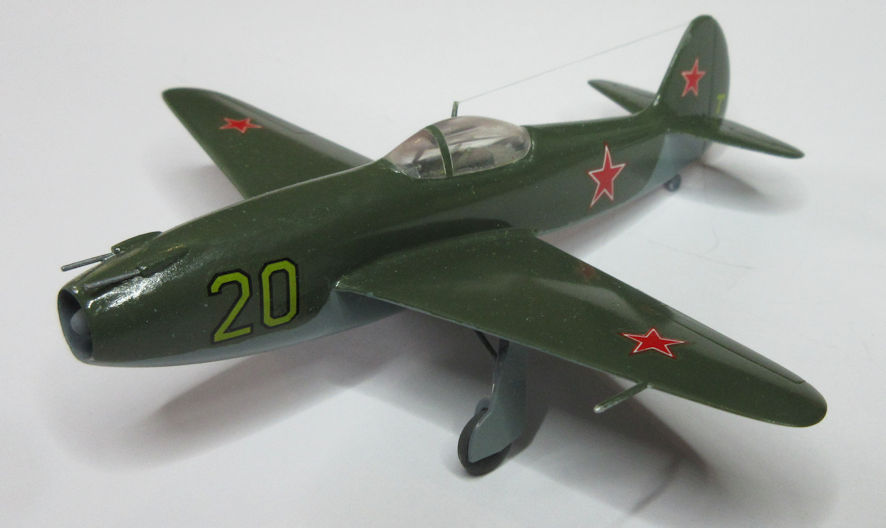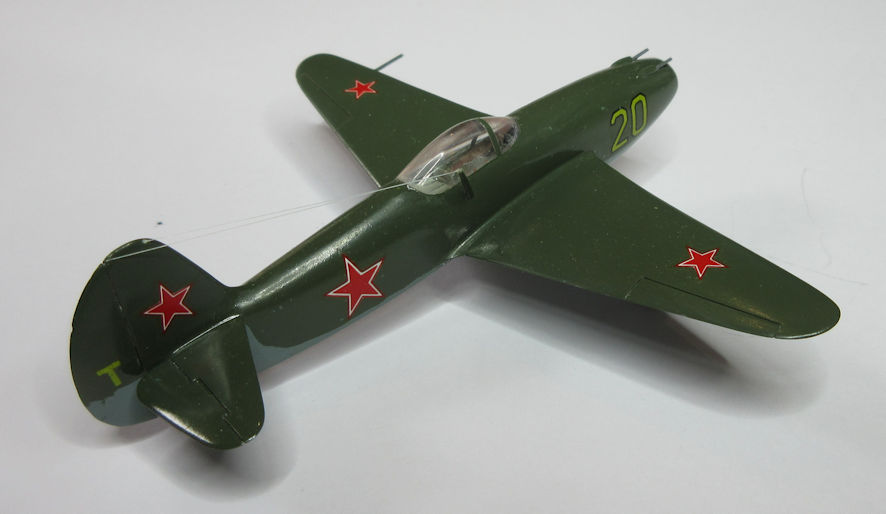To complete my set of Airbus A.300s that tell the story of VH-TAA (TAA’s first A.300) I made a model of that airliner in the livery of Condor Airlies, which it wore for only about six months in 1984. Construction of this version of the venerable Airfix 1/144 kit was the same as the four previous ones, the only variation was the Condor decals which I found at Airliner Hobby Supplies in the US (though the instructions say the decals themselves were made in Australia). This is the second time I’ve used Flightpath decals and both times they have disintegrate on me, despite applying a liberal coat of varnish before starting the application process. After that happened to these Condor decals I bought a second sheet and applied two coats of varnish, which still didn’t stop the decals breaking up entirely. My word of advice, don’t use this brand if you don’t have to.


Here, to round out the story, is a picture of all five of my models of VH-TAA.

Having complete all the A.300s I want to make, we move on to Airbus A.310s. The only airline to fly this particular airliner in Australia was the short lived Compass Airlines which only lasted about a year in 1991. This kit is from Revell and dates from 1984 so it is really not much of an improvement on the Airfix A.300. There is no significant surface detail apart from some of the control surfaces and the engines are fairly basic, replacing them might be a good idea if you are really keen. The paints are the same as I used for my A.300s except in a slightly different arrangement. The decals are from Hawkeye, one of their more recent releases and very good. Their decal sheet gives you the corogard panels as well but I decided to use the Liveries Unlimited set that I’ve had for many years instead.

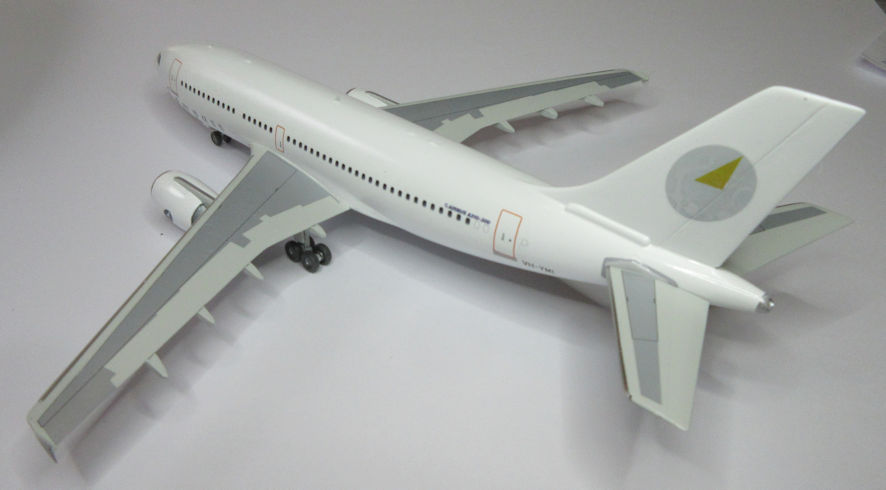
Languishing in my Treasure for many years has been the 1/72 Airfix Hawker Siddeley 125 series 1 (it says ‘Domine’, its RAF name, on the box), which dates from 1968. It is a real relic from the stone age of kit making and the only reason to make it is because there is no other kit of the HS125 series 1 available, or ever likely to be. My fondness for this type is that it was the first aeroplane I flew in; when I was working in the Department of Civil Aviation and staff got to travel in departmental aircraft, on a flight from Melbourne to Sydney and back in 1966. I had wanted to make a model of that aircraft, VH-CAO, for many years but that only became possible when VH-WAL, a member of the Airliner-Civil Aircraft Group, made them. I begged nicely and he sent me a set, and here it is. It’s not one of the world’s great models but I’m delighted with it.
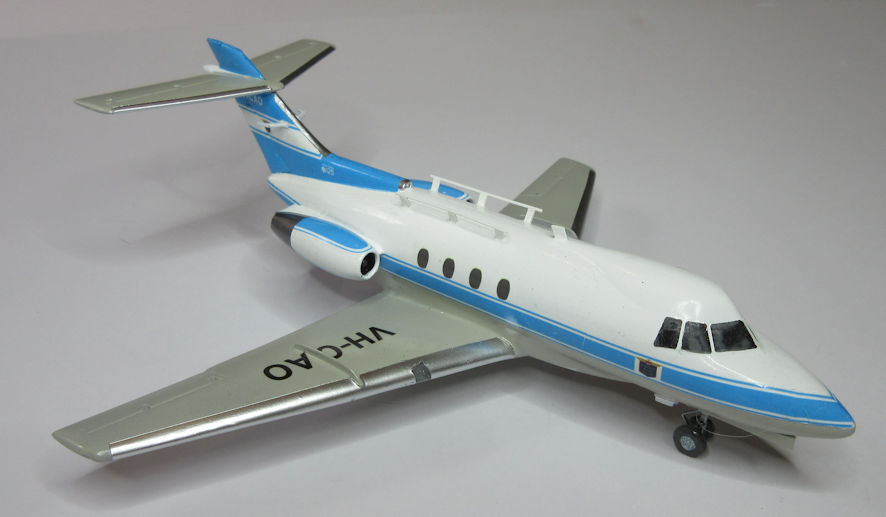
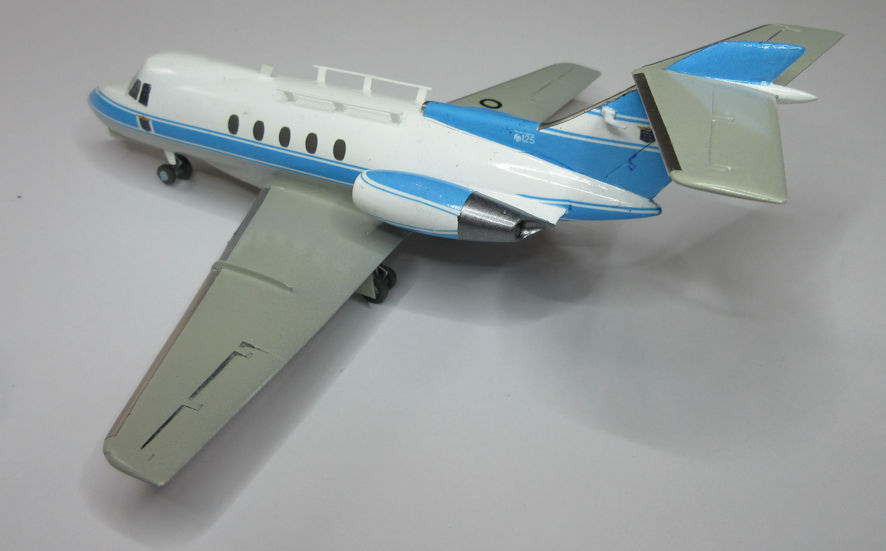
Having spent a lot of my modelling energy of late making complex civil stuff I got the urge to make something simple, military and French, and this is what I found in my Treasure. It is the old Heller kit that dates from 1977, but it’s quality is a lot better than Airfix kits from the same era. My copy was the original boxing so the decals were unuseable, but I had some replacements on a Model Art sheet. The kit offers options for the 500 and 501 versions and, since I’ve already made a 500, I made the 501 this time. It is a relatively simple little kit but also one that is easy to make a mess of, so I took my time. For the aluminum finish I decided to try the Tamiya rattle can Silver Leaf and I quite like the results. This model represents Dewoitine 501 No.181 of 8 Ecadron de cooperation navale, Aeronautique Navale flying at Marignane-Marseille in 1938.

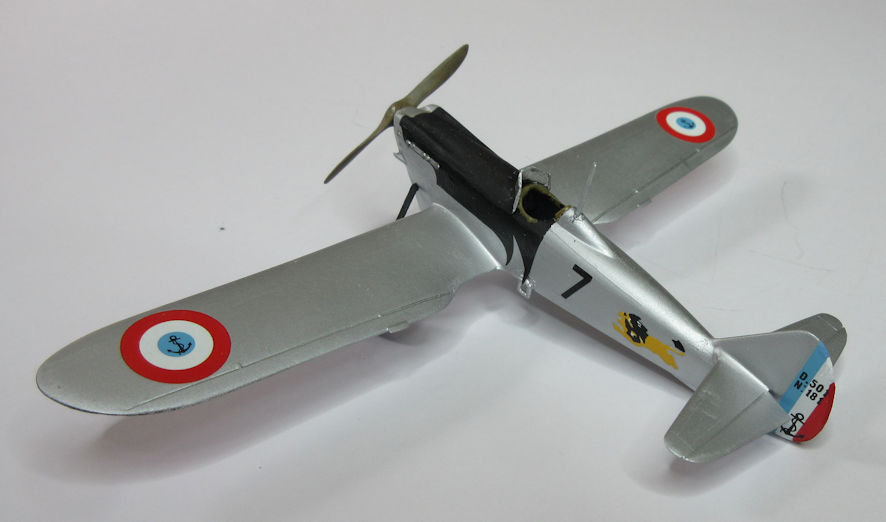
Here are two I made earlier.
This MPM 1/72 McDonnell FH-1 Phantom is one of that company’s first offerings and since I’m very partial to anything painted in US Navy deep blue I really enjoyed making this one. If my memory serves me right, I saw one of the real thing at the National Air and Space Museum in Washington years ago, this is but a pale shadow of the real thing.
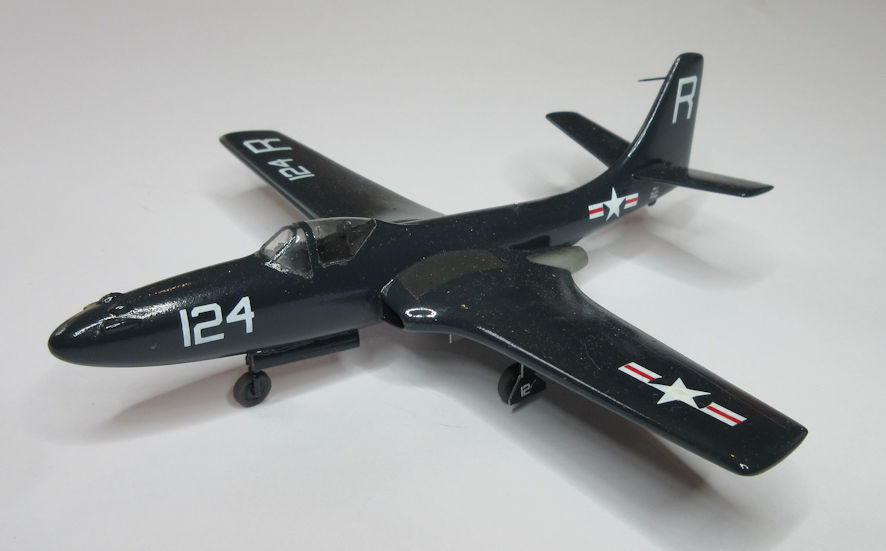
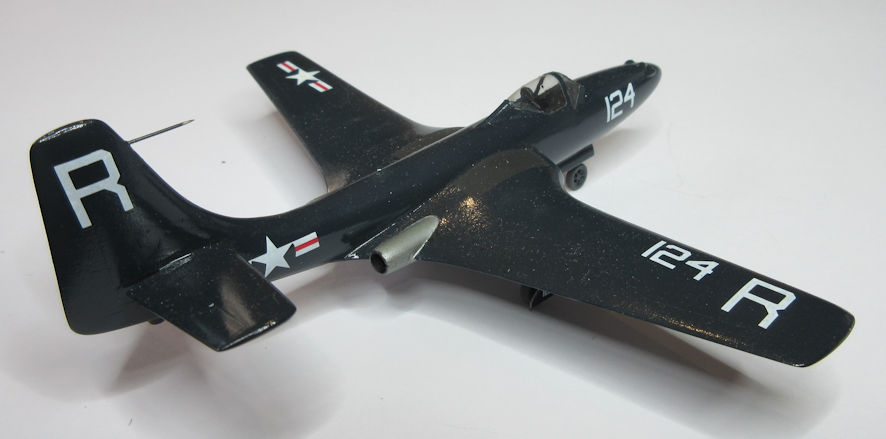
This Yak-15 is, I think, a very basic Pioneer 2 kit dating from the 1980s. It is really a Yak 3 with a German engine strapped in where the piston engine used to be. It’s interesting.
